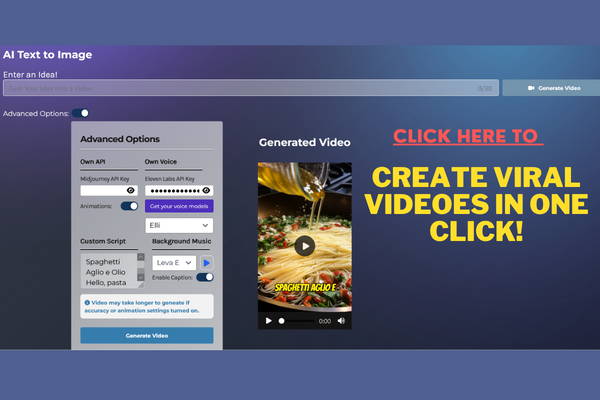
Migrating your website between platforms can be a daunting task, but it doesn’t have to be. With the right approach and tools, you can make the process smoother and more efficient. In this comprehensive guide, we will discuss everything you need to know about website migration, from the reasons why you might need to do it, to the steps you should take before and after the migration. Whether you’re migrating from WordPress to Shopify, or from Wix to Squarespace, this guide will provide you with the guidance and insights you need to make the transition successful. So, let’s get started!
How to Migrate Your Website Between Platforms: A Comprehensive Guide
Introduction
Migrating a website from one platform to another can seem like a daunting task, but sometimes it is necessary. Maybe your current platform no longer meets your needs, maybe you have outgrown it, or perhaps there is a platform that offers better features and benefits. Whatever the reason may be, it is important to do it correctly and efficiently. This article will provide you with the tips and best practices you need to follow to make your website migration go smoothly.
Creating a migration guide using Google Sheets or Docs is crucial
Before you begin the migration process, it is important to create a migration guide using Google Sheets or Docs. This guide will serve as a blueprint for the migration process and help you stay organized throughout the entire process. The guide should include the following information:
- Page name
- URL
- Platform
- Location of the page
Listing this information will help you keep track of what pages need to be migrated and where they live on your website.
Creating a backup
Creating a backup of your website content is critical, even if your new platform offers migration services. Taking an image of your website layout or listing it on a Google Doc will ensure that you have an accessible copy of your content. This ensures that if there is an issue during the migration process, you have a fall-back plan.
Write down specific instructions on how you want your website/page to be migrated
It is essential to write down specific instructions on how you want your website/page to be migrated before starting the process. This will help you stay organized, save time and reduce the possibility of errors during the migration process. Be as detailed as possible in your instructions to ensure a smooth transition.
Tips and best practices to follow when migrating your website
Migrating website is not always a straightforward process. There are hiccups and issues that can arise that will impact the success of your migration. Here are some tips and best practices to follow to make your migration go as smoothly as possible:
- Follow the migration guide you have created
- Test your new website during the migration process
- Make sure all pages are migrated to the new platform
- Monitor traffic and analytics after the migration
- Implement redirects for old page URLs to new ones
Systeme.io offers free migration as part of their annual plan
If you don’t want to do the migration yourself, there are plenty of services available that can help you with the process. Systeme.io offers a free migration as part of their annual plan, which can make the whole process a lot easier.
Backing up your content
Backing up your content is critical, no matter which platform you use. A Google Sheet or Docs and the Go Full Page software can be used to back up your content. This ensures that if there are any issues during the migration process, you have a backup of your content.
Free resources, equipment, and consultation services
Depending on the platform you are moving to, you may need some new equipment or technology to make the migration process go smoothly. The video tutorial provides links to free resources, equipment and consultation services that can help you achieve a seamless migration process.
Conclusion
Migrating your website to a new platform can be challenging, but it doesn’t have to be. With proper planning, organization, and backup, you can make the migration process go seamlessly. Use the tips and best practices provided in this article to make sure your website migration goes as smoothly as possible.
FAQS
Q. What can go wrong during a website migration process?
A. Several things can go wrong during a website migration process, such as broken links, missing images, and formatting issues.
Q. Do I need to create a migration guide even if the new platform offers migration services?
A. Yes, it is still essential to create a migration guide, even if the new platform offers migration services.
Q. How long does website migration process typically take?
A. The length of the website migration process depends on several factors, such as the size of the website, the complexity of the webpages, and the platform being used.
Q. What are some of the best website migration tools available?
A. Some of the best website migration tools available include Systeme.io, CMS2CMS, and Ucraft.
Q. Can I do the website migration myself, or do I need to hire a professional?
A. You can do the website migration yourself, but it can be a time-consuming and challenging process. Consider hiring a professional if you have limited technical knowledge and time.







